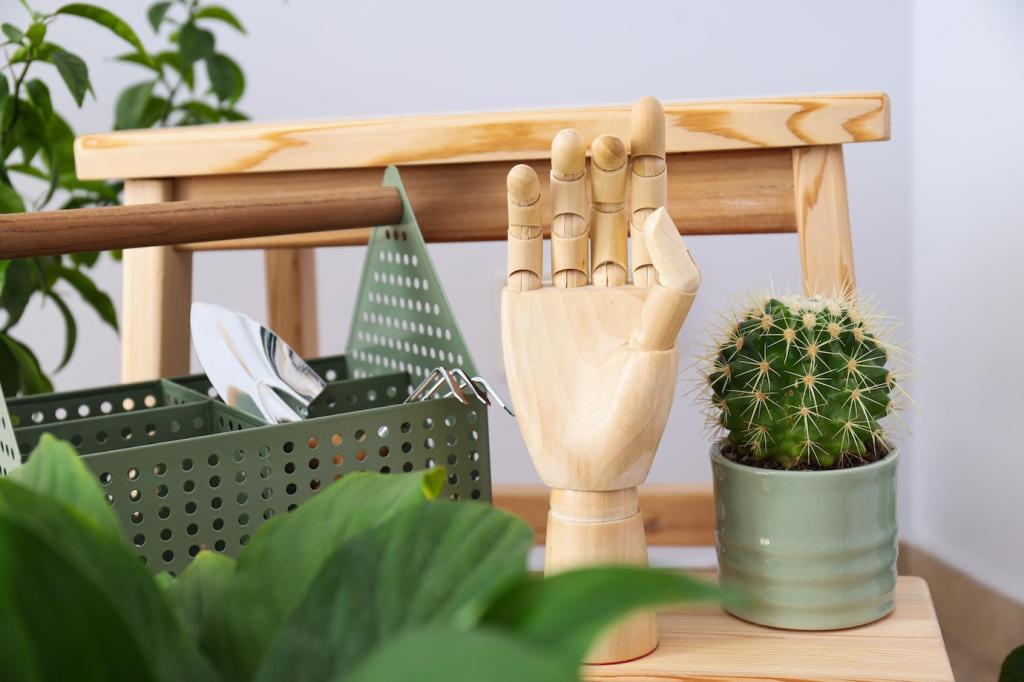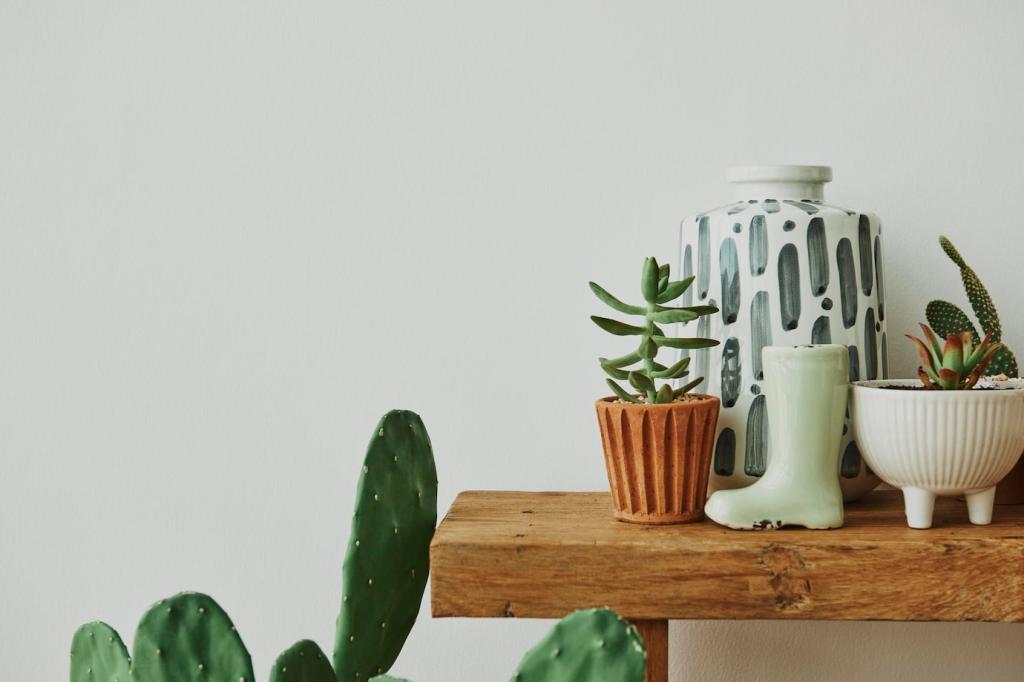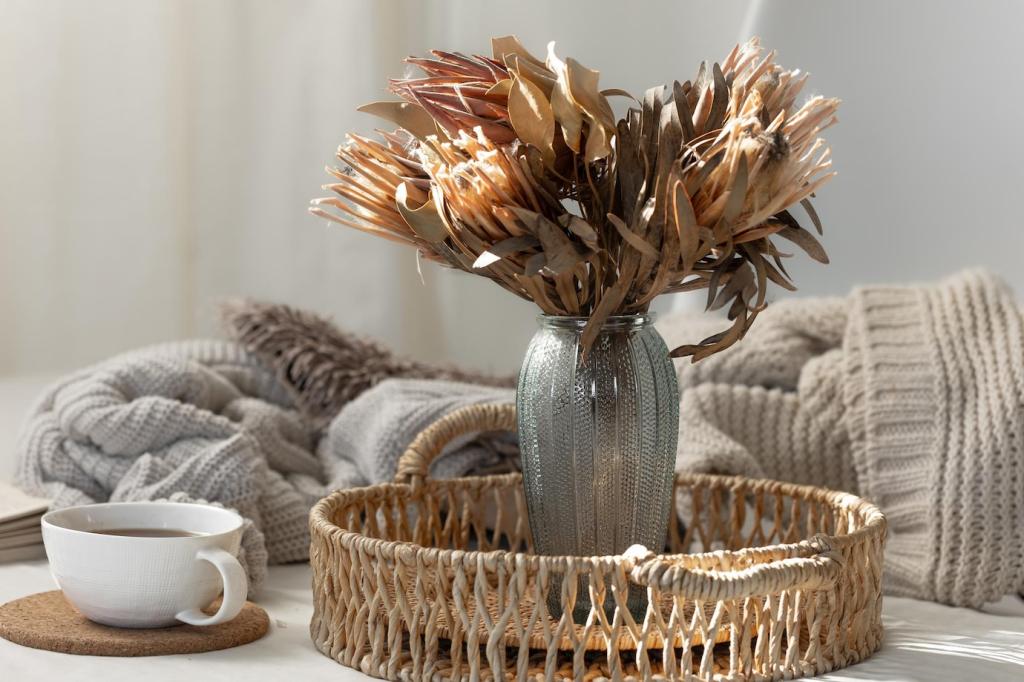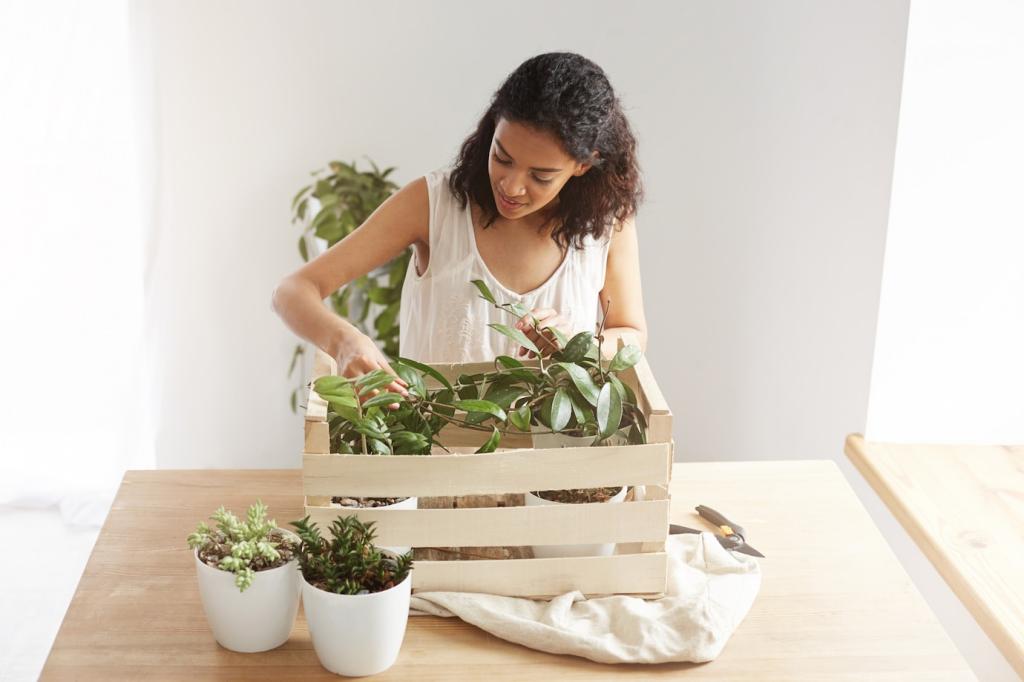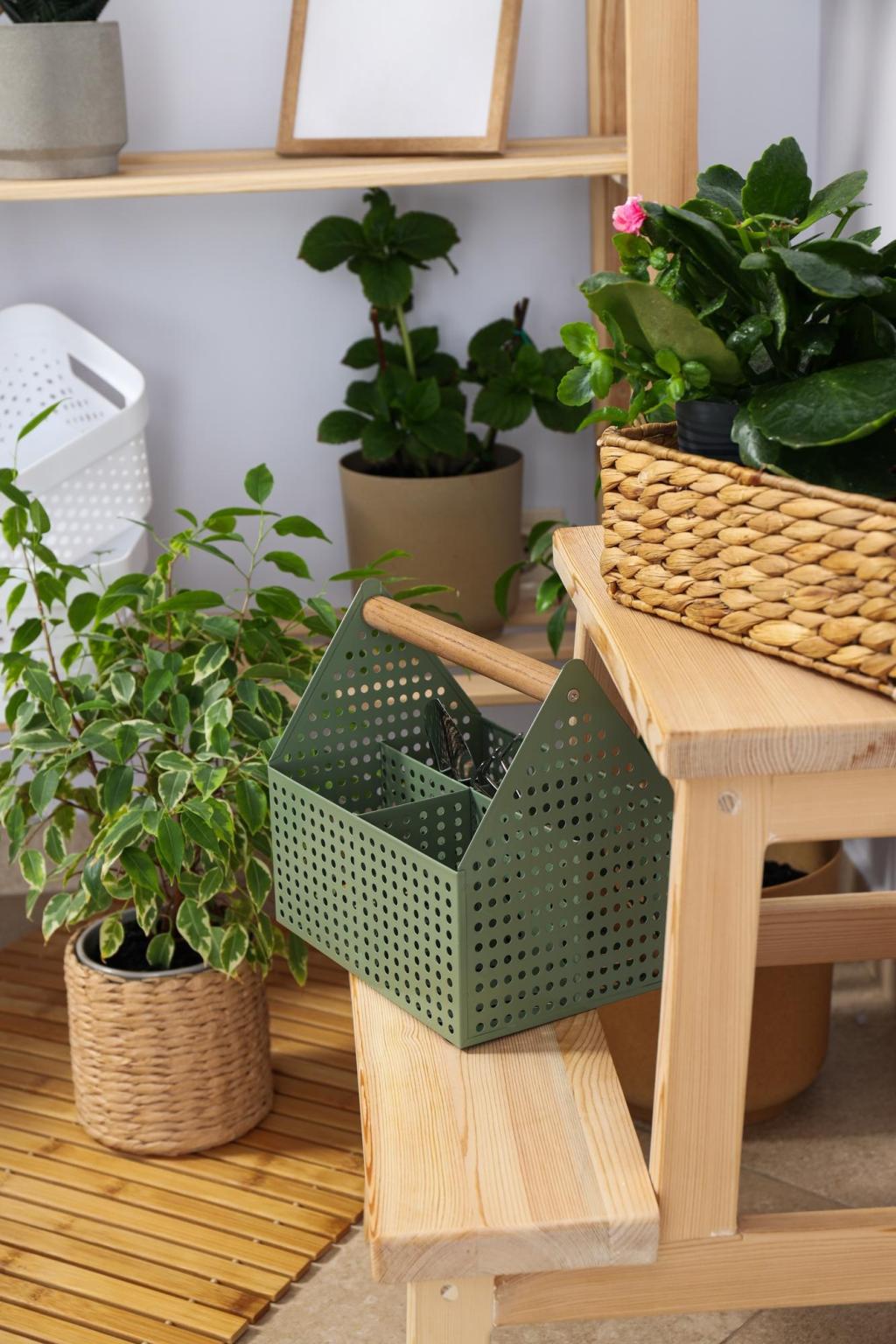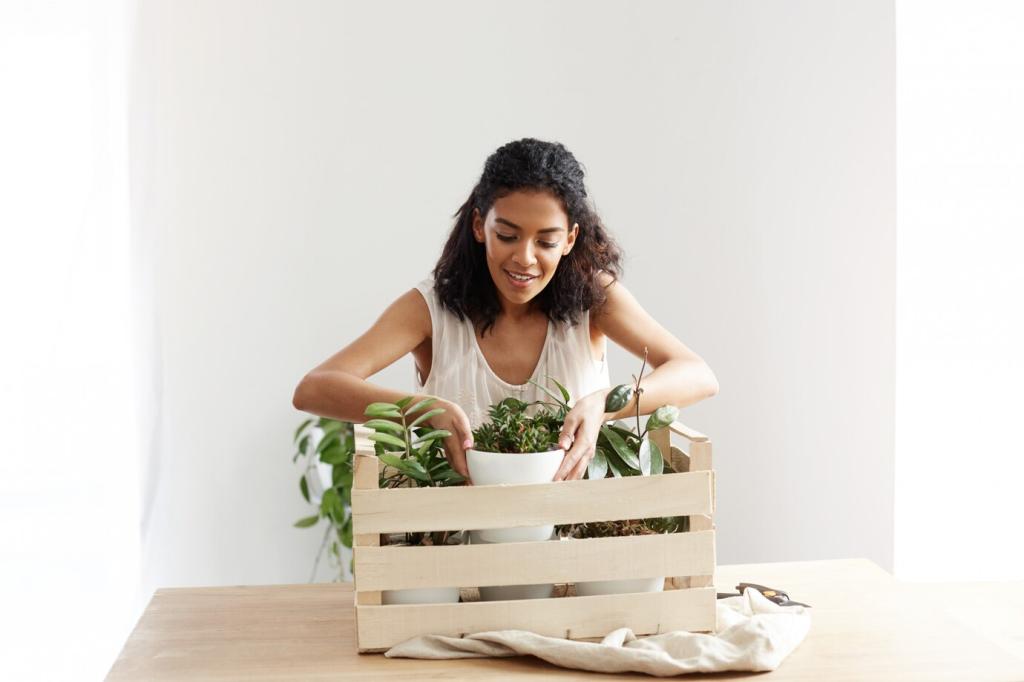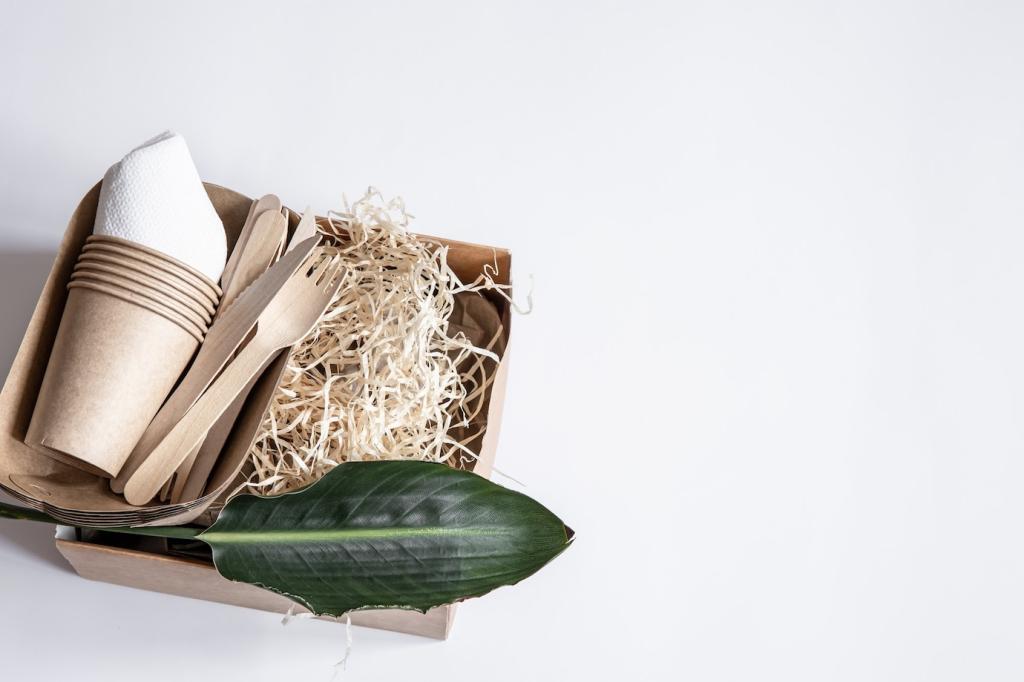Working With Reclaimed Wood
Use magnets and metal detectors to find hidden fasteners. De-nail thoroughly to protect blades and avoid sparks. Scrub, dry, and brush to lift grit before milling. Share your favorite tools for safe prep and cleanup.
Working With Reclaimed Wood
Joint and plane lightly to keep tool marks and patina where desired. Acclimate boards to the installation environment for stability. Label orientation and sequence to retain grain continuity. What milling strategies preserve the soul of your lumber?

